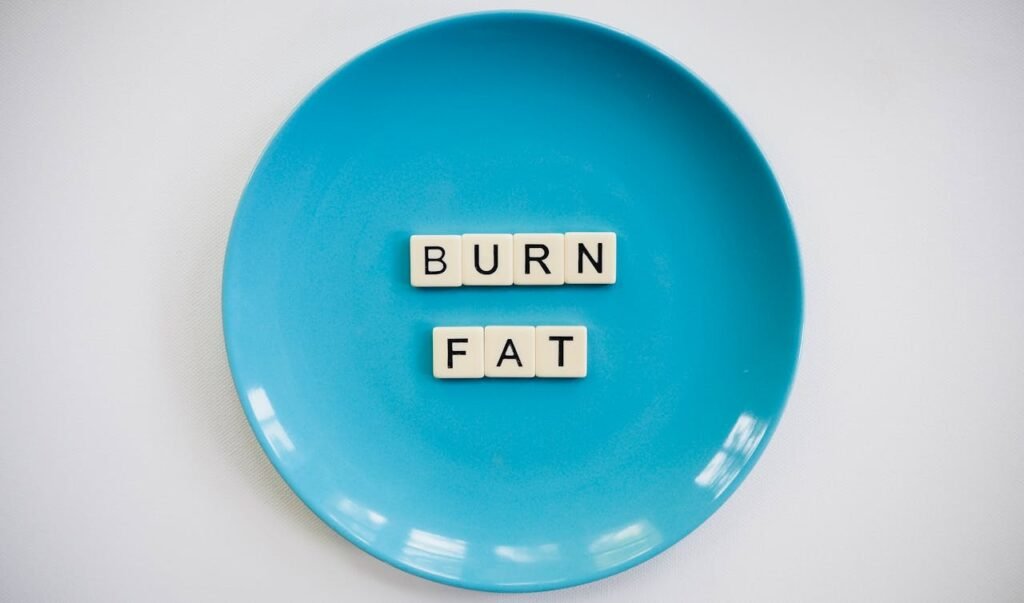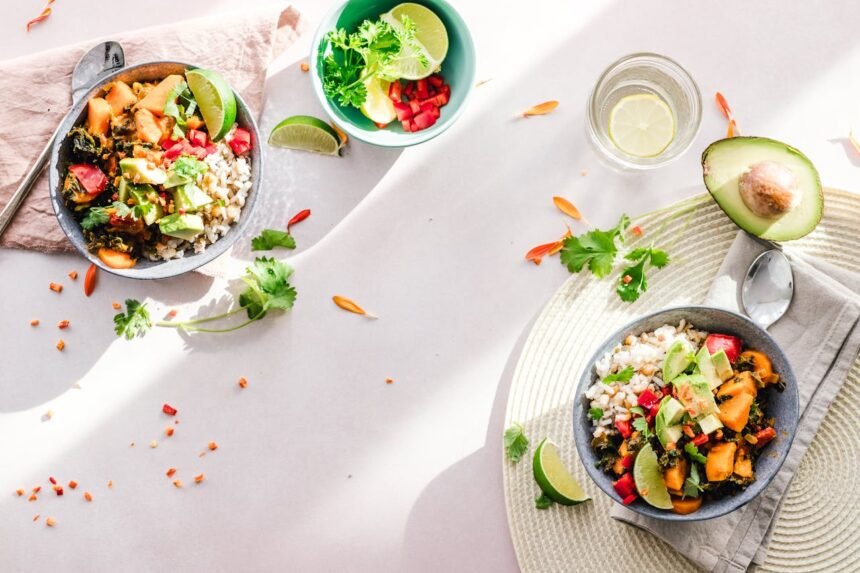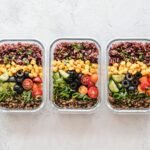Maintaining good health and supporting digestion starts with one simple dietary change: increasing your fiber intake. Dietary fiber, the indigestible portion of plant foods, offers myriad benefits, including steady blood sugar control, heart health support, and improved gut microbiome. By incorporating a variety of whole grains, fruits, vegetables, legumes, and nuts into your meals, you can bolster your general well-being and feel more energised throughout the day. Below, discover why fiber should be at the heart of your diet and practical tips for effortlessly adding more plant-based goodness.
Understanding Dietary Fiber
Dietary fiber comprises non-starch polysaccharides found in plant cell walls and comes in two main forms: soluble fiber and insoluble fiber. Soluble fiber, such as psyllium husk, dissolves in water to form a gel-like substance that can help lower cholesterol levels and control blood glucose. Sources include oats, barley, beans, lentils, apples, and citrus fruits. Conversely, insoluble fiber adds bulk to your stool and aids bowel regularity, found in whole-grain bread, brown rice, vegetables, nuts, and seeds. A balanced diet rich in both types can help prevent constipation, reduce the risk of diverticular disease, and contribute to a healthy weight by promoting longer-lasting fullness.
Health Benefits of Fiber
First and foremost, fiber supports healthy digestion by feeding beneficial gut bacteria, which produce short-chain fatty acids crucial for colon health. High-fibre diets have been linked to a lower risk of heart disease, as they can reduce LDL cholesterol and blood pressure, while improving lipid profiles. Furthermore, because fiber slows down the absorption of sugar, it aids in blood sugar management, reducing the likelihood of type 2 diabetes. Additionally, consuming plenty of fibre helps maintain a healthy weight; fibre-rich foods typically require more chewing, are more volumetric, and have lower energy density, helping you feel satisfied with fewer calories.
Simple Ways to Increase Fiber Intake
- Swap refined grains for whole grains: Choose whole-wheat pasta, brown rice, oatmeal, and whole-grain bread.
- Add legumes: Stir chickpeas, kidney beans, or black beans into salads, soups, and stews.
- Include plenty of fruits and vegetables: Aim for at least five portions daily—think berries, broccoli, carrots, and apples.
- Snack wisely: Keep nuts, seeds, and dried fruit on hand for a high-fibre boost.
- Use chia or flax seeds: Sprinkle on yogurt, porridge, or smoothies to add omega-3s and extra fiber.
- Read food labels: Look for products with at least 3 grams of fiber per serving.
These small swaps can increase your daily fiber intake by 5–10 grams without dramatically changing your meals.
Best High-Fiber Foods to Stock
- Oats – Rich in beta-glucan, a type of soluble fiber.
- Lentils – Offer around 8 grams of fibre per 100g cooked.
- Chia seeds – Provide about 34g of fibre per 100g.
- Almonds – Contain 12g fibre per 100g, plus healthy fats.
- Broccoli – High in insoluble fibre and vitamin C.
- Avocado – Rich in monounsaturated fats and fibre.
- Sweet potatoes – Provide 4 grams of fibre per medium potato.
- Raspberries – With a remarkable 6.5g of fibre per 100g.
- Brown rice – Offers 1.8g of fibre per 100g cooked.
Stocking these staples ensures you have high-fibre options at every meal.

Overcoming Fiber-Related Discomfort
A sudden increase in dietary fiber can lead to bloating, gas, and stomach cramps. To prevent discomfort:
- Increase gradually, adding no more than 5g per week.
- Stay hydrated; aim for at least 2L of water daily to help fibre move through your system.
- Chew thoroughly to aid digestion.
- Incorporate probiotic-rich foods like yoghurt or kombucha to support gut flora.
If issues persist, consult your GP or a registered dietitian for personalised guidance.
Fibre for Special Diets
Whether you follow a vegan, vegetarian, gluten-free, or paleo diet, you can still meet your fibre needs:
- Vegan/Vegetarian: Emphasise legumes, nuts, seeds, and whole grains.
- Gluten-Free: Choose quinoa, brown rice, buckwheat, chia, and flax.
- Paleo: Focus on vegetables, fruits, nuts, and seeds.
Tailor your fibre sources to fit dietary restrictions without compromising on benefits.
Fibre and Weight Management
High-fibre foods are nutrient-dense yet low in calories, meaning you can eat satisfying portions without excess energy intake. Fibre’s viscous properties delay stomach emptying, signalling fullness and reducing hunger pangs. Studies show that those who consume adequate fiber are more likely to maintain a healthy BMI and less likely to experience yo-yo dieting.
Linking Fibre to Long-Term Health
Consistently high fibre intake is associated with reduced risk of colorectal cancer, stroke, diverticular disease, and metabolic syndrome. A diet rich in plant-based fibre also supports cognitive health, as emerging research links gut microbiota diversity with brain function.
Tracking Your Fibre Goals
Use food tracking apps to monitor daily fibre intake, aiming for 25g for women and 30g for men. Keep a food diary and note how increased fibre affects your digestion and energy levels. Gradual adjustments based on tracking lead to sustainable habits.
Frequently Asked Questions
Q: How much fibre should I eat daily?
Aim for 25g for women and 30g for men. This may vary with age and life stage; consult a professional for tailored advice.
Q: Can I get too much fibre?
Excessive fibre (above 70g daily) can cause digestive distress. Balance is key; increase intake gradually.
Q: Does fibre help lower cholesterol?
Yes, soluble fibre binds cholesterol in the gut, reducing LDL levels and promoting heart health.
Q: Are supplements as good as whole foods?
Whole foods provide vitamins, minerals, and phytonutrients absent in isolated fibre supplements. Use supplements only if dietary intake is insufficient.
Q: Will fibre make me feel full?
Absolutely—fibre slows digestion and adds bulk, promoting fullness and aiding weight management.
Q: Can I get fibre from smoothies?
Yes—blend whole fruits, vegetables, seeds, and oats rather than juicing to retain the fiber content.
Q: What are the best snacks for fiber?
Opt for mixed nuts, seed crackers, popcorn, and fruit slices with nut butter for a high-fiber snack.
For further reading on fibre’s benefits, visit the NHS guide to dietary fibre.






